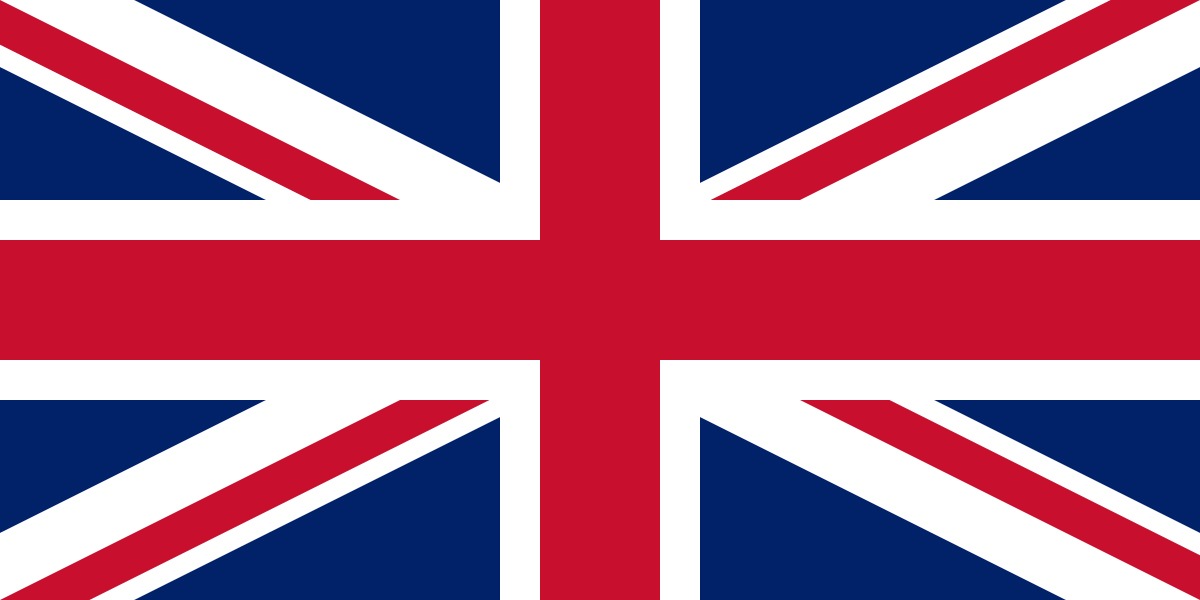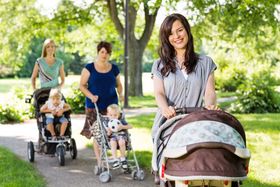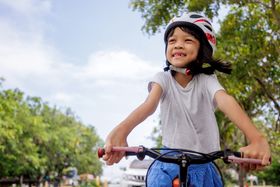Please choose a market from our global website network for local availability and information.
Choose country

Free NEXT DAY delivery on orders over £50 (before 1pm)
Join over 20M+ happy families
Is your baby ready to crawl? Learn about the exciting milestone of crawling, its signs, and how to support your baby's journey.
Published June 6, 2023
Every stage of your baby's growth brings its unique blend of excitement and anticipation. One such momentous milestone is crawling—a key step in their physical development that is as exciting for parents as it is for the little one. Typically, the journey to mobility starts around the 9-month mark, but remember—each child is on their own unique timeline.
From the 5th month onwards, you might see signs of your baby preparing for this big step, as they gain strength and balance. They may sit up unaided, wriggle around on their tummy, or even hold on to their cot and attempt a step or two by the 8th month. Remember, as a parent, your role is to offer encouragement and create a supportive environment for their natural growth. Steer clear of comparisons—they do more harm than good!
» Wondering when your child will begin walking? Find out here
Crawling typically emerges naturally in a baby's development. But how do you know when your baby is ready to start? Here are 8 tell-tale signs:
» Learn more about gross motor skills in child development
As your baby embarks on this exciting journey of mobility, remember to encourage and support them. It's vital to provide opportunities for your child to practise and develop this skill. As they find their own unique way—be it crawling with one leg, moving backwards, or any other variant—it's essential not to interrupt but to cheer them on. Each baby has a unique style of mastering this skill.
However, with the newfound mobility, brace yourself for more activity around the house. Your little explorer will now be able to reach out and explore more independently. Enjoy this new phase of their exciting journey, full of discoveries and growth!

Tatiana Kopyrina
July 3, 2023

Jaya Narinesingh
July 17, 2023

Jaya Narinesingh
July 17, 2023

George Croft
August 31, 2023

Malika Yuldasheva
September 11, 2023
Malika Yuldasheva
Malika Yuldasheva
Tatiana Kopyrina